For years, I have bounced between powerful note-taking and knowledge management tools like Obsidian, Notion, and Capacities, always searching for the perfect system. While each tool brings unique strengths, my hunt for the intelligent and flexible workspace often felt endless. That’s when I came across Tana, and I’m thrilled to share my discovery.
This productivity tool not only rivals but, in many cases, easily surpasses them with supertags and AI integration (more on that later). Here’s how Tana has streamlined my workflow and proven itself to be the killer solution I have long dreamed of.
Native apps on all the platforms
Feels better than Notion and Obsidian
One of the first things that struck me about Tana is its approach to native applications across platforms. While Notion often feels like a web page wrapped in a bare-bones desktop app, and Obsidian, despite its robust desktop app, relies on community themes and plugins, Tana feels built for each environment.
Whether I use Tana on the MacBook Pro, Google Chrome, or iPhone 15 Pro Max, the Tana app feels snappy, responsive, and fluid. It doesn’t have that slight lag or web-view jankiness I sometimes get with Notion. Also, I don’t need to rely on a third-party theme to give it an aesthetic makeover (looking at you, Obsidian). The dedicated iOS and Android apps aren’t just scaled-down versions of the desktop.
You have to use these
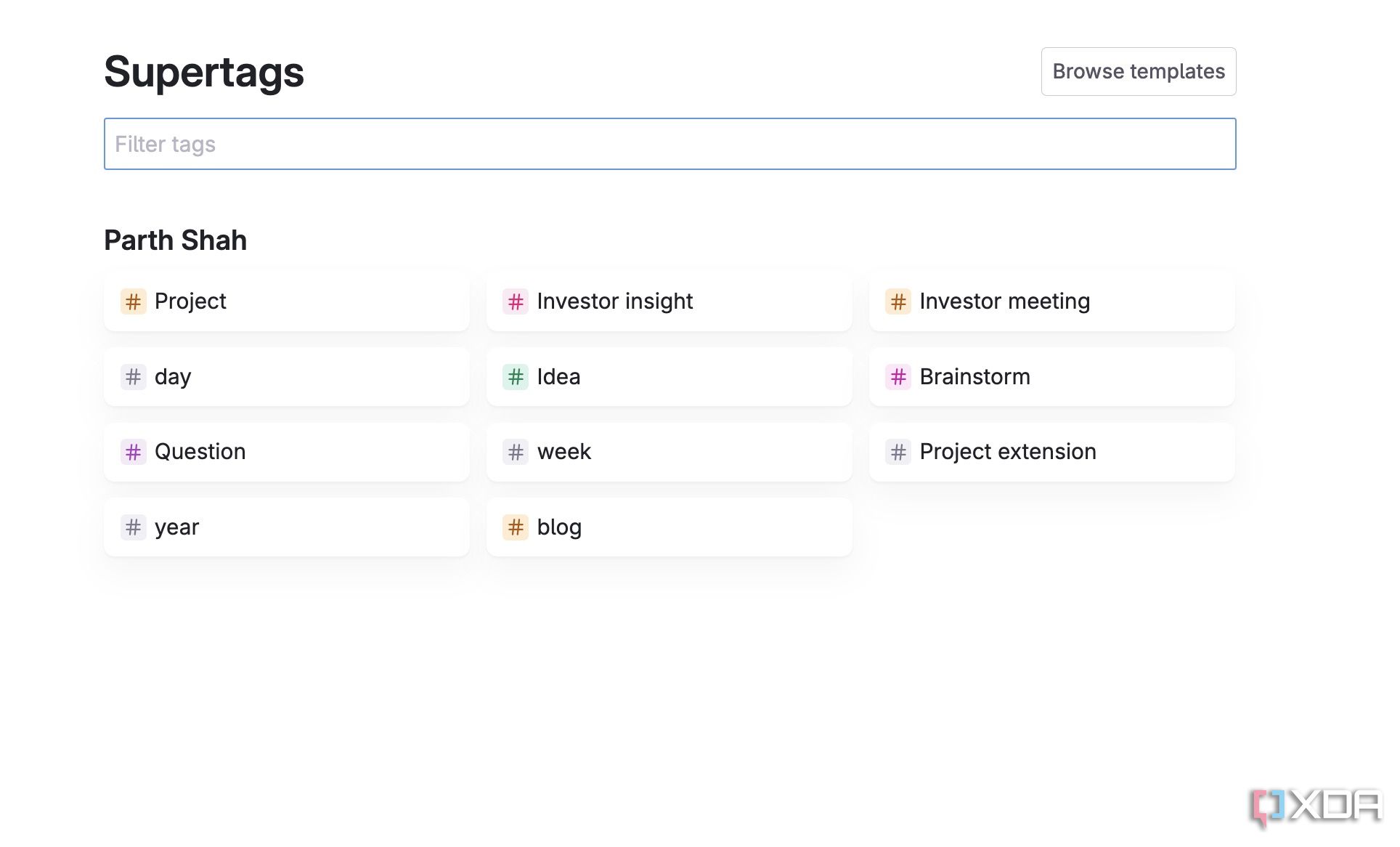
Here is where Tana sets itself apart from Notion, Obsidian, and Capacities. Supertags in Tana are like templates on demand that you can apply to any node at any time. The overall concept is very much similar to Objects in Capacities. They define what a piece of information is and what properties it should have.
For example, if I’m writing a note about ‘AI in education’, I can add #resource and Tana prompts me with default fields I have defined for my #resource supertag: URL, Author, Summer, Status. The possibilities are endless here. You need to spend some time designing supertags in your workspace.
The AI integration is neat
Unlike many half-backed ones
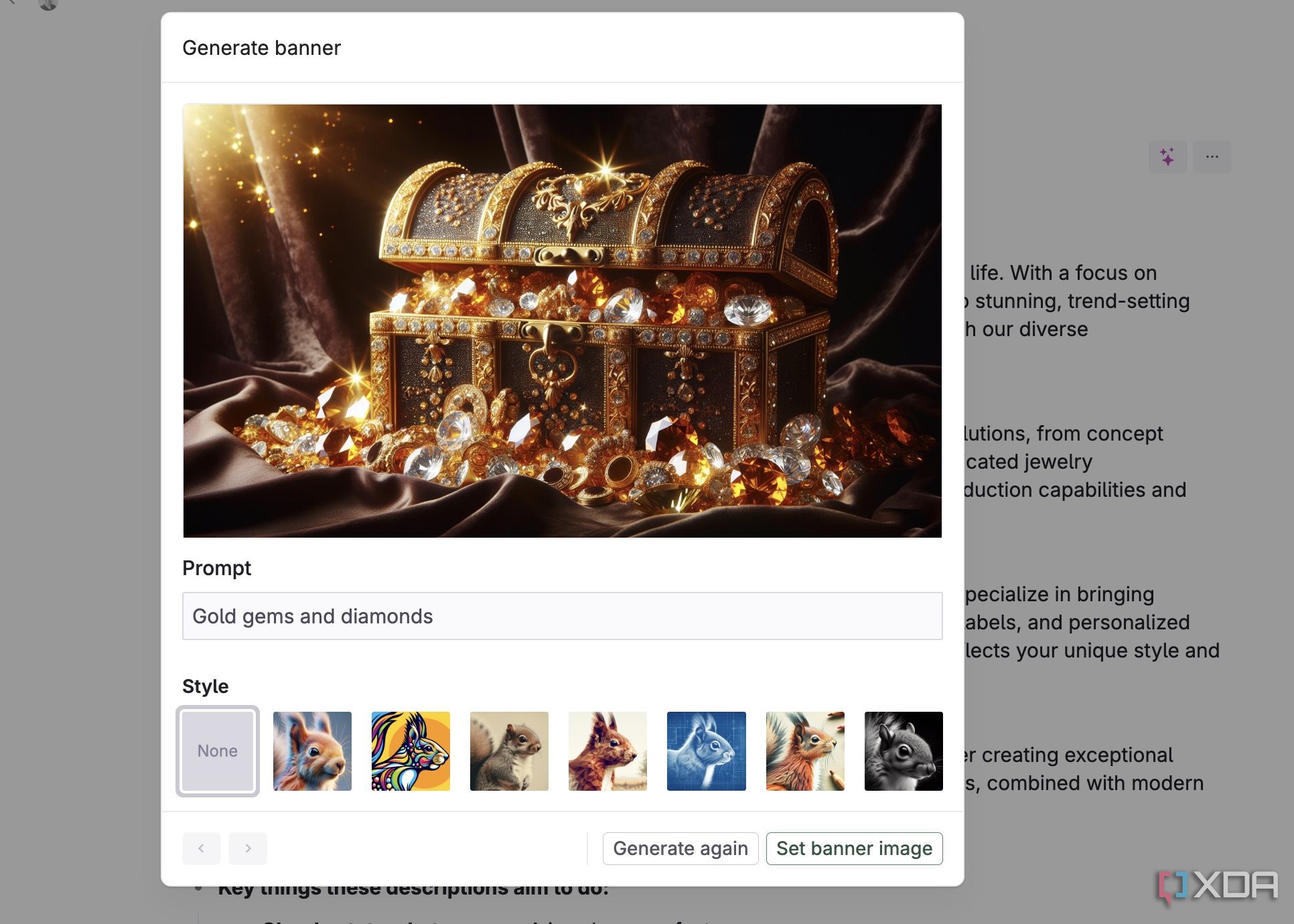
Most PKM apps offer an AI add-on, and Tana is no exception here. However, the overall implementation is smooth. The company isn’t offering AI integration like an afterthought; it’s baked directly into the core of how you interact with the information.
This is a crucial difference from Notion, where you might use AI blocks, or Obsidian, where you would rely on third-party plugins that don’t work half the time. In Tana, AI feels like a natural extension of my thought process.
Suppose you have a dedicated database to track your favorite books. You can enter book names in the first column and use Tana AI to fill in the author column with a single click. I can also generate eye-catching images for my pages using AI. I was creating talking points for a ‘Jewel website’ and I instantly generated a banner image using prompts like ‘Gold, gems, and diamonds’. Tana AI can also auto-fill fields in your project tasks.
Support for databases
Organize your information like a pro
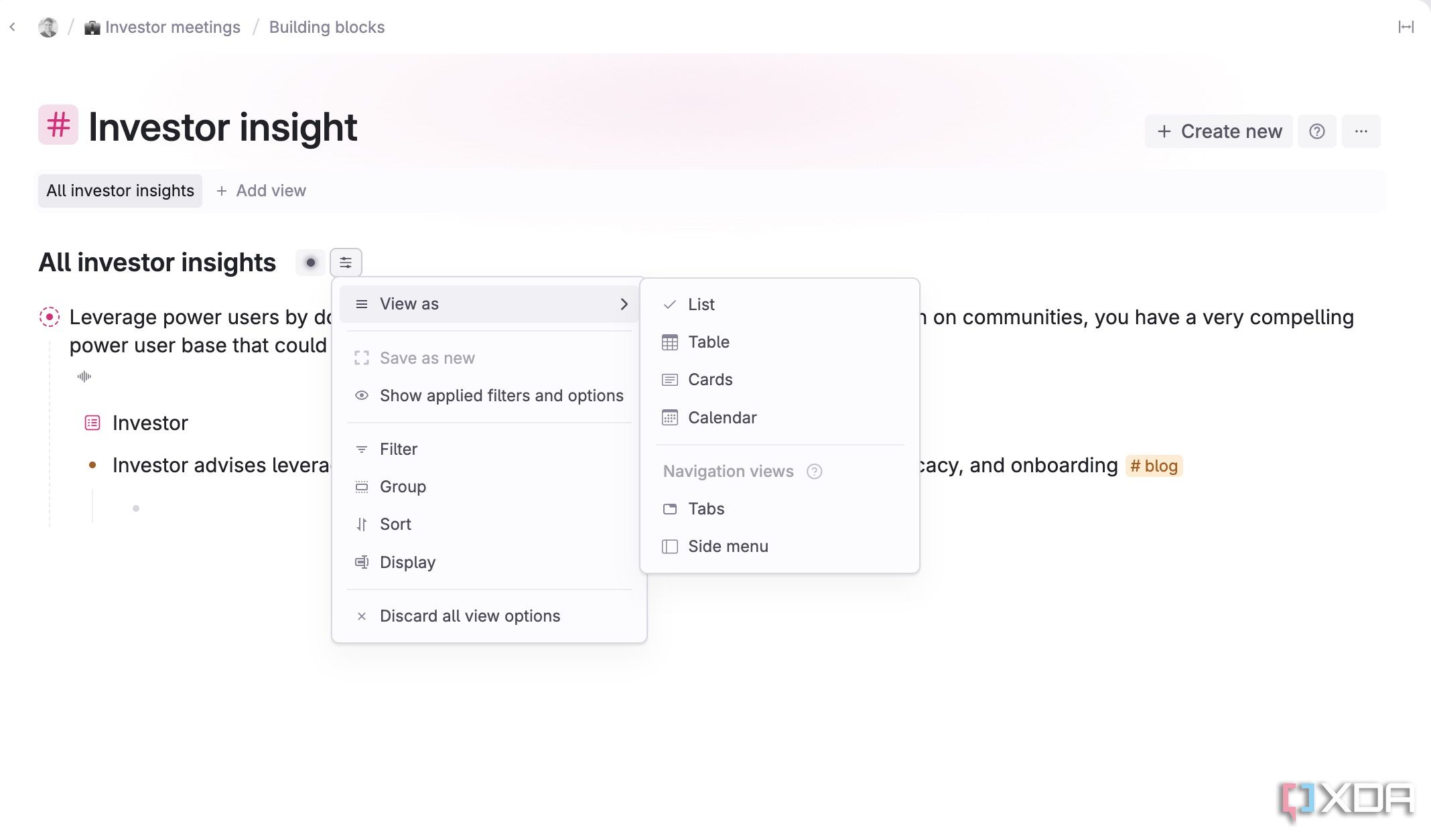
One of the things that initially concerned me when exploring Tana was whether it could truly replace the robust database features I relied on in Notion. Thankfully, Tana supports multiple database views like table, list, card, and table.
It’s neatly integrated with supertags and nodes and helps you organize every bit of information. I mostly use the card view to manage my small personal projects.
Tana has covered the basics
You won’t miss your favorite tool
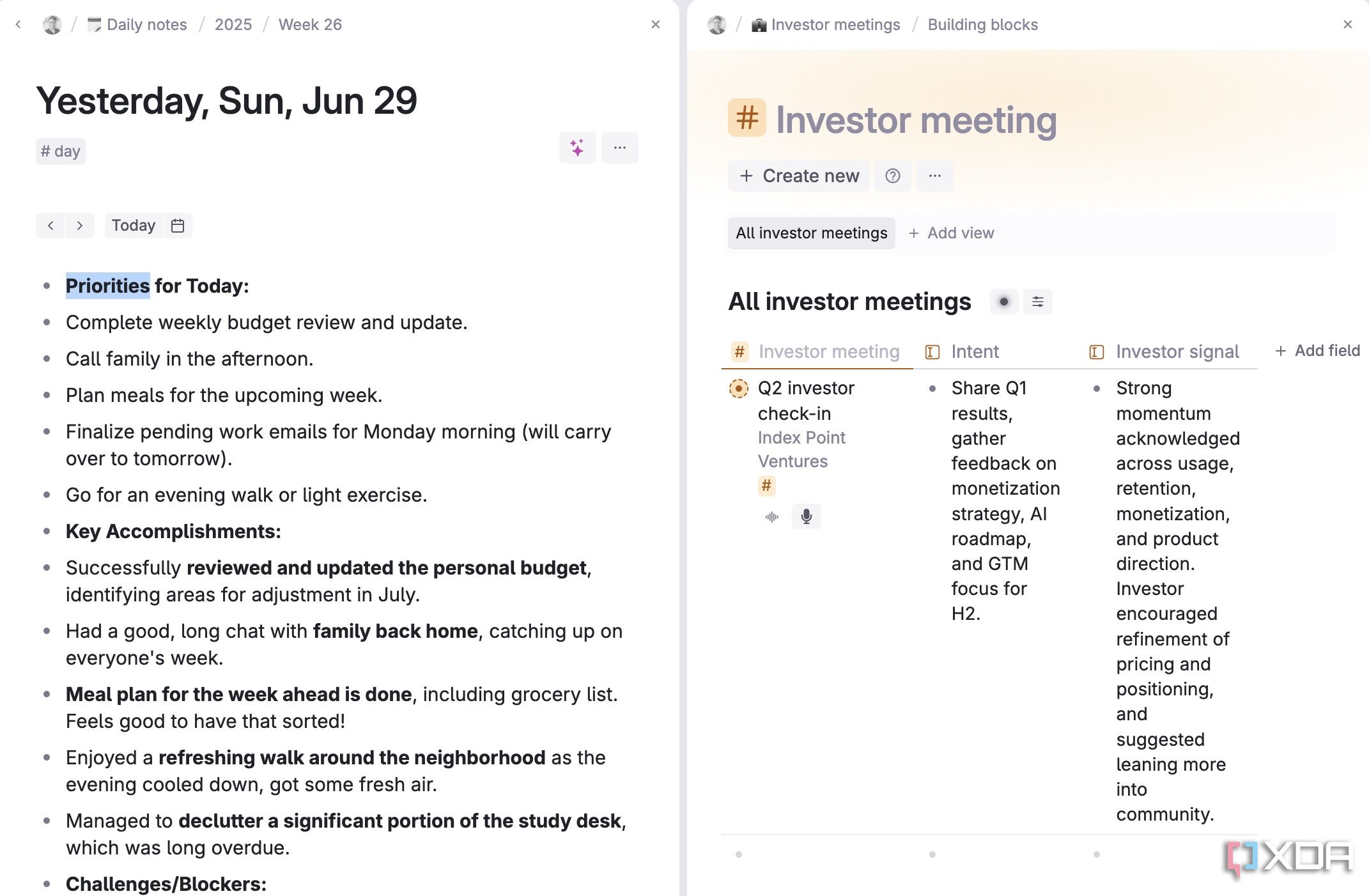
PKM tools like Logseq and Roam Research often ignore basics. However, that’s not the case with Tana. It supports multi-tab as well as split-view functionality. I can have my daily notes open on one side, while a project outline sits in a tab on the other. I can even open a research article into a split-view and cross-reference everything without missing a beat.
Being an outliner at its heart, every piece of information in Tana is a node. You can drag and drop, collapse, expand, and nest content effortlessly. It feels natural for structuring thoughts. And for daily capture, the daily notes with a calendar view are brilliant. Every day automatically gets its own page, a blank canvas for jotting down thoughts, tasks, and ideas.
My productivity secret
Overall, Tana has ended my journey of finding the ideal digital brain. It’s not just an incremental improvement over existing tools; it combines the best of Notion’s flexibility, Obsidian’s interconnectedness, and Capacities’ rich media handling.
As always, like any PKM tool, it’s far from perfect. The onboarding experience is lengthy (and tiresome, to be honest). There is also a learning curve with Supertags and other concepts. I highly recommend spending some time with Tana to get familiar with it. Meanwhile, you can check out these tips for creating the perfect PKM system.
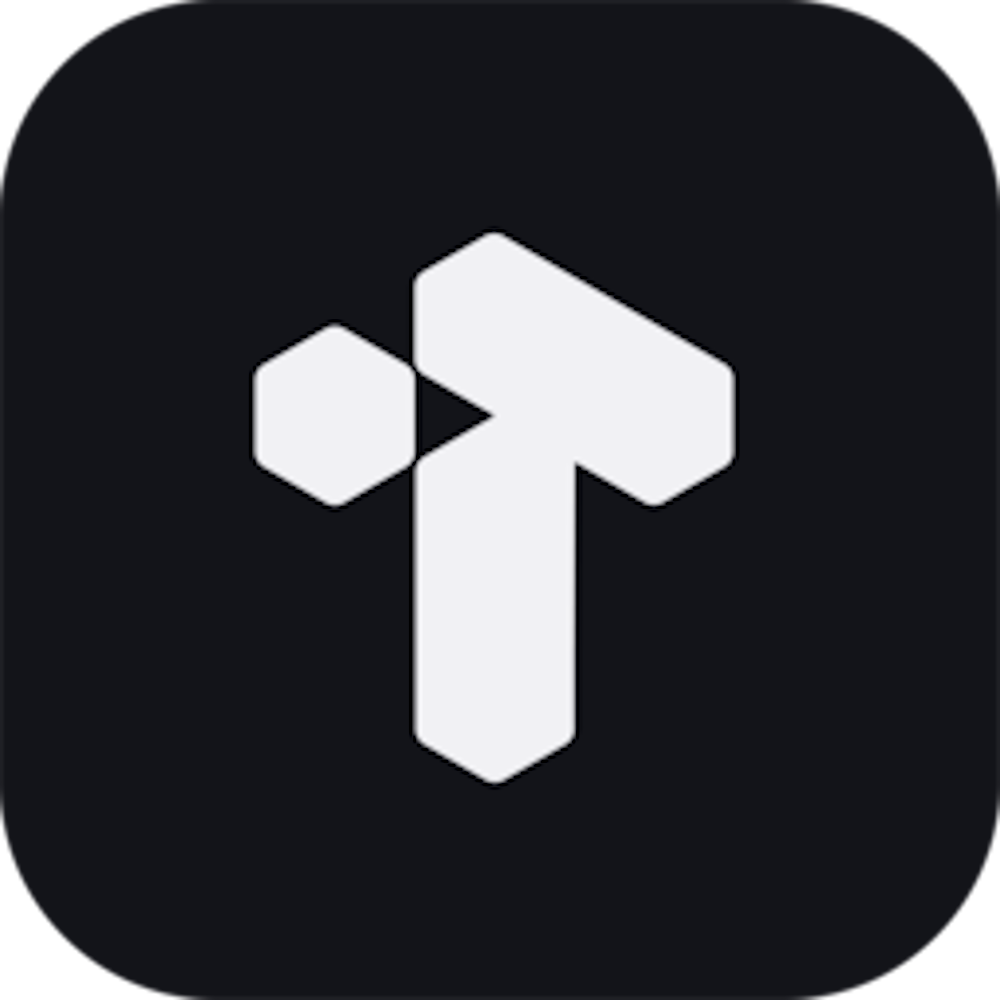
.png)
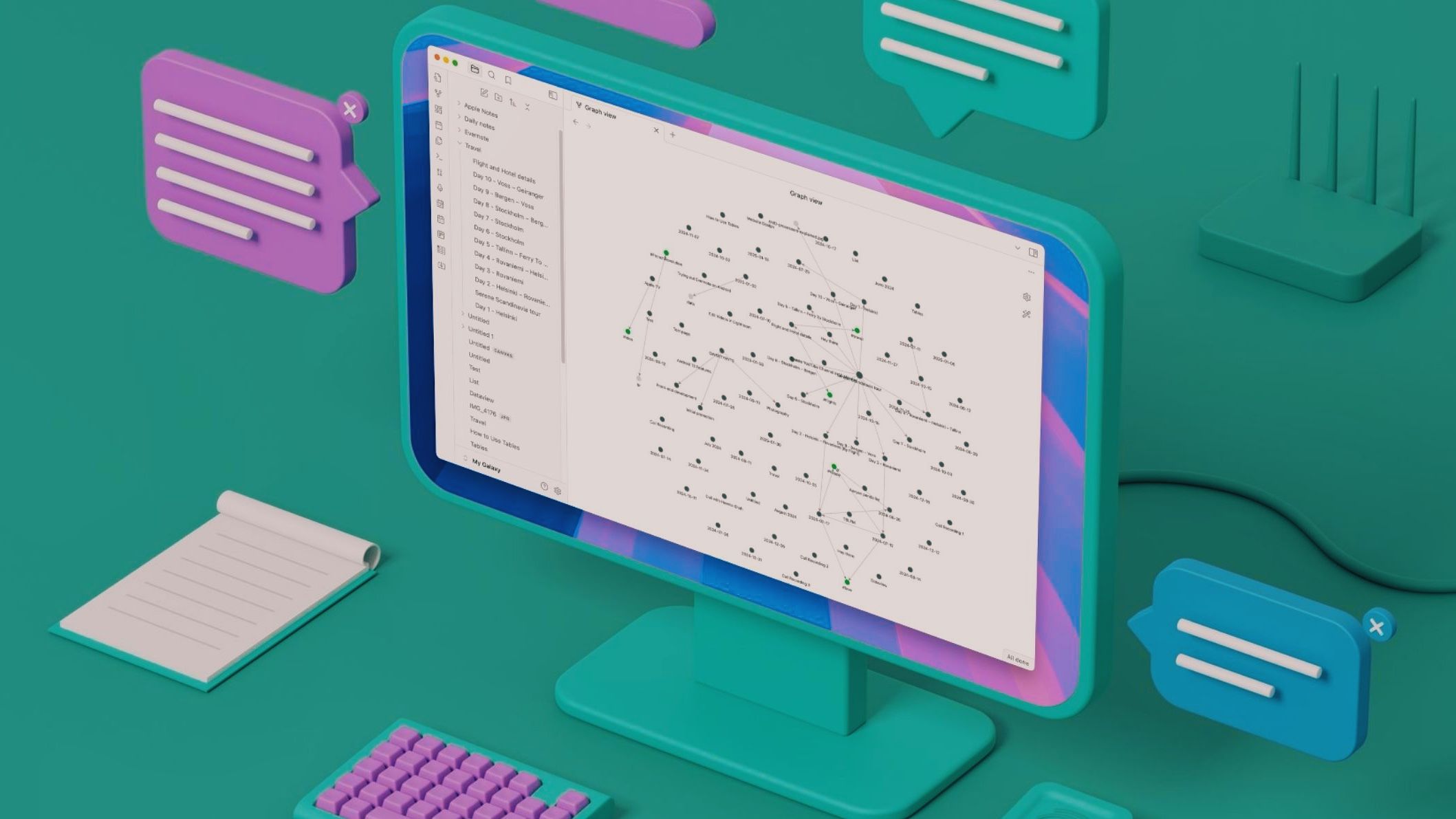
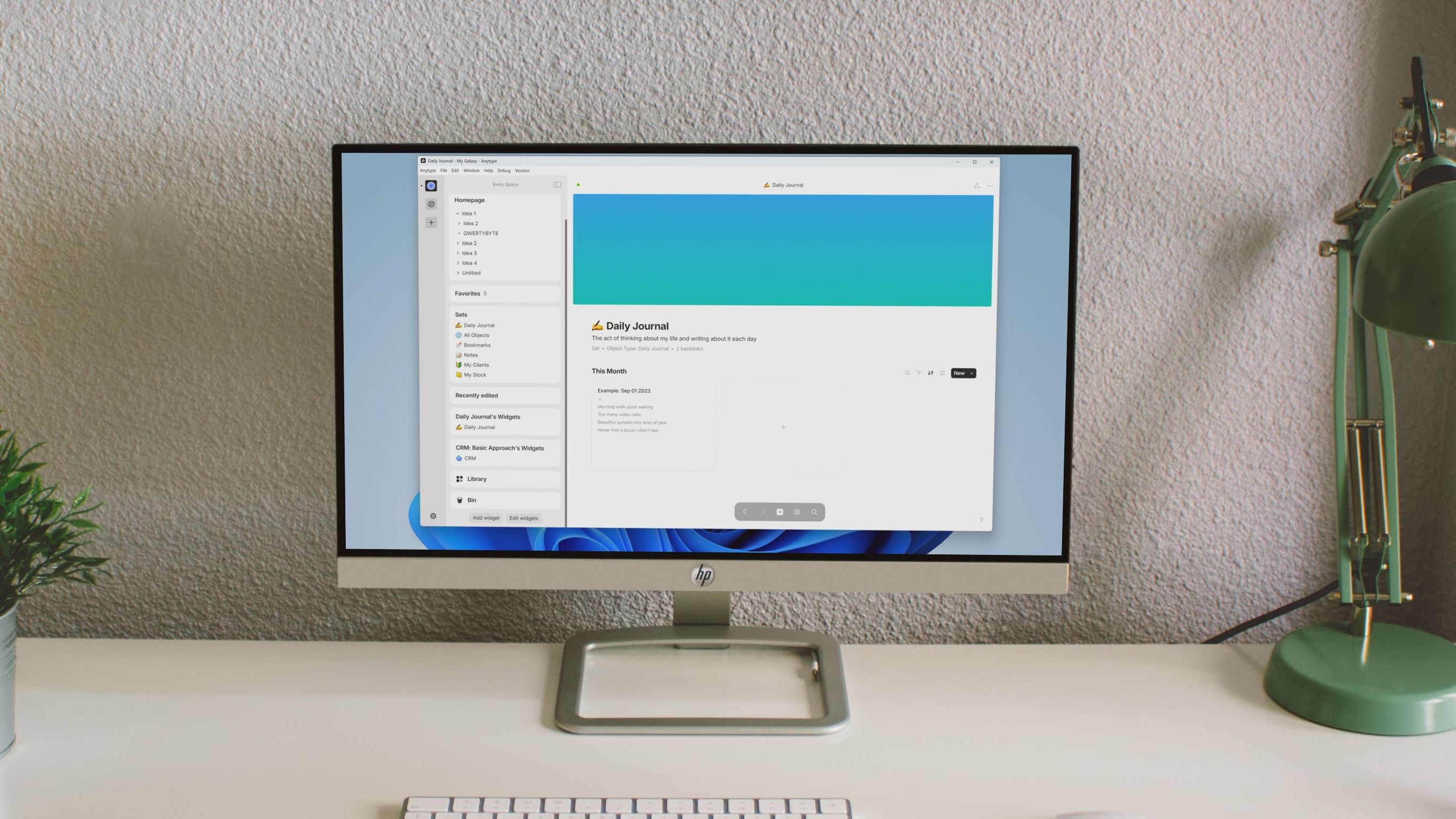
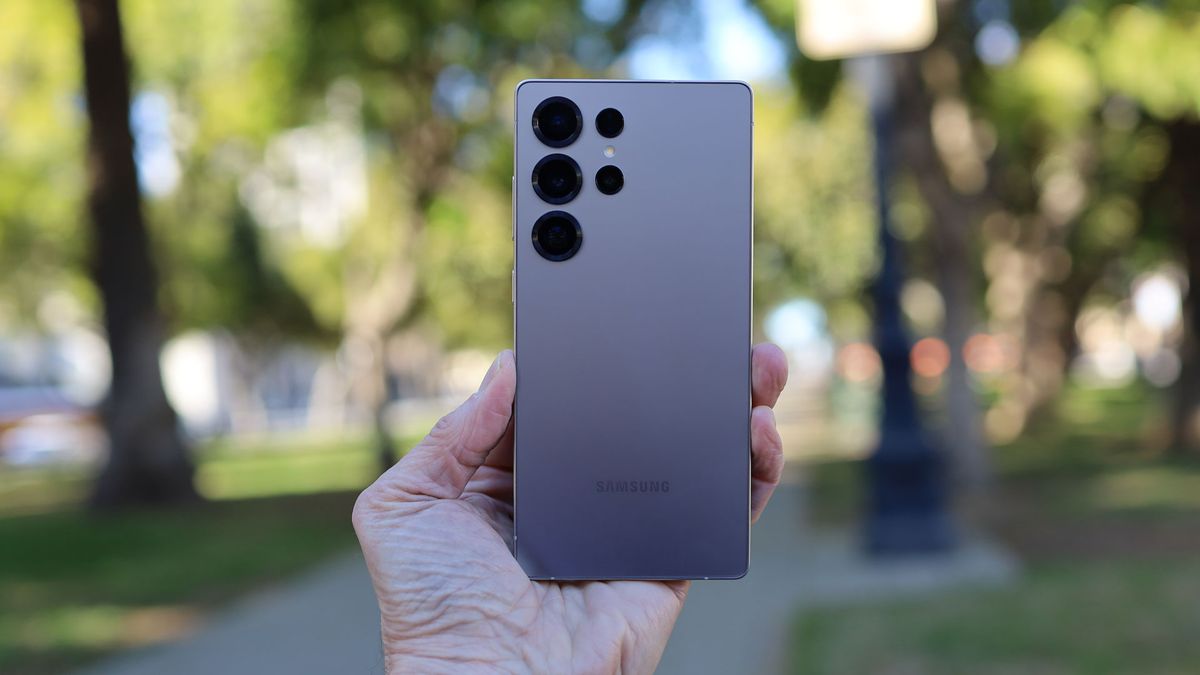




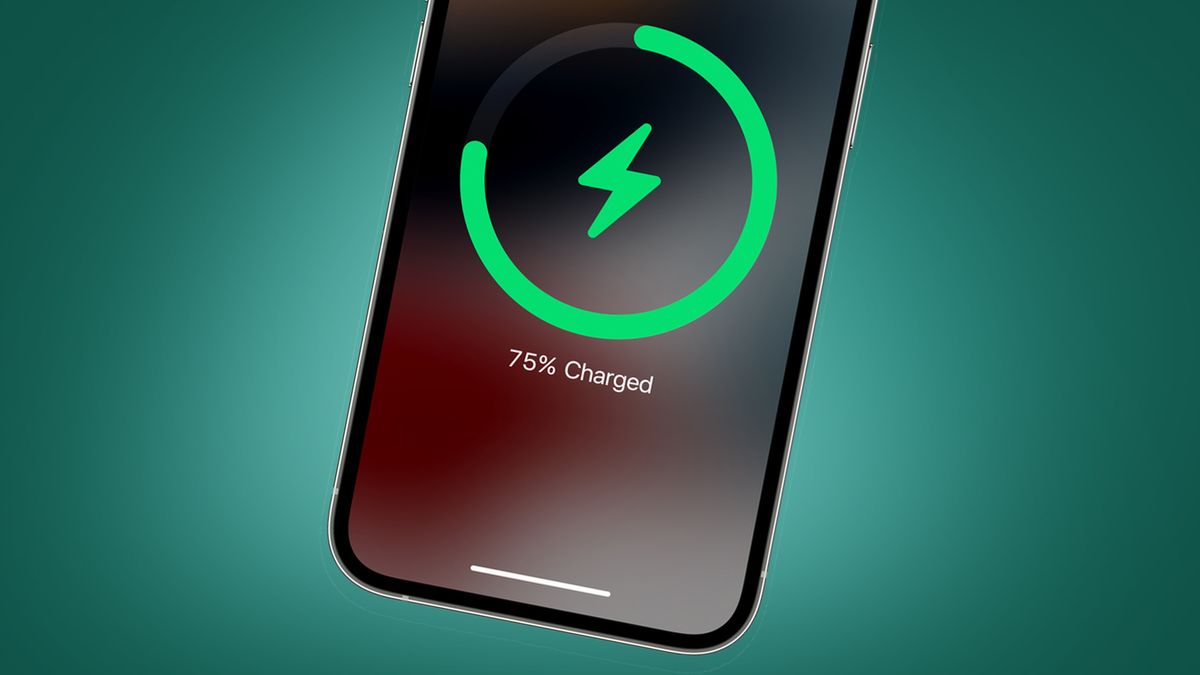





 English (US) ·
English (US) ·